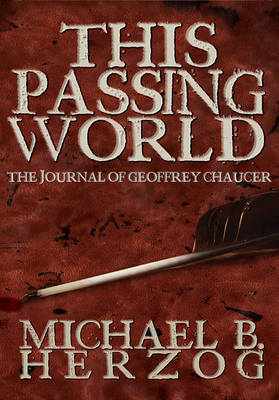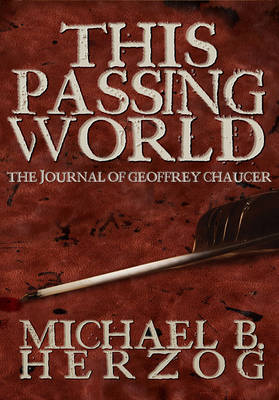
- Afhalen na 1 uur in een winkel met voorraad
- Gratis thuislevering in België vanaf € 30
- Ruim aanbod met 7 miljoen producten
- Afhalen na 1 uur in een winkel met voorraad
- Gratis thuislevering in België vanaf € 30
- Ruim aanbod met 7 miljoen producten
Zoeken
€ 40,45
+ 80 punten
Omschrijving
It is 1398, and all of Europe is abuzz about the duel to be fought in September between Henry Bolingbroke, Duke of Hereford, and Thomas Mowbray, Duke of Norfolk, to settle the question of which one has committed treason against King Richard II. Geoffrey Chaucer, courtier and well-known poet, is unexpectedly drawn into the intrigue surrounding the impending duel and compelled to perform an act so heinous that he is shaken to the core. The journal Chaucer begins and keeps for the remaining two and a half years of his life chronicles his unlikely rise as the son of a middle-class wine broker to become not only the pre-eminent poet of his age but the brother-in-law of John of Gaunt, uncle to the king, at times the most powerful man in England and, with his three wives, the ancestor of every ruler of England since the year 1400. This novel provides a fascinating look into life in late 14th century England, the women and men Chaucer loves, the intrigues of the Richardian court, and what compels someone who holds some of the most important jobs in the English bureaucracy to spend his nights writing poetry that is still being read and studied 600 years after his death.
Specificaties
Betrokkenen
- Auteur(s):
- Uitgeverij:
Inhoud
- Aantal bladzijden:
- 680
- Taal:
- Engels
Eigenschappen
- Productcode (EAN):
- 9780997623468
- Verschijningsdatum:
- 14/10/2019
- Uitvoering:
- Hardcover
- Formaat:
- Genaaid
- Afmetingen:
- 155 mm x 231 mm
- Gewicht:
- 975 g

Alleen bij Standaard Boekhandel
+ 80 punten op je klantenkaart van Standaard Boekhandel
Beoordelingen
We publiceren alleen reviews die voldoen aan de voorwaarden voor reviews. Bekijk onze voorwaarden voor reviews.








